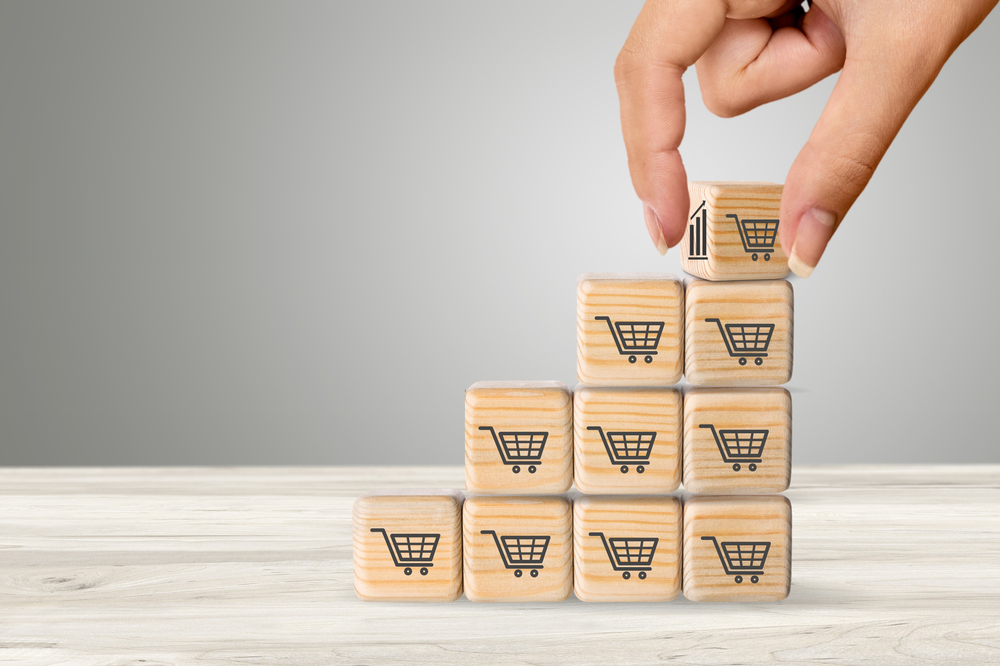Point-of-sale systems allow businesses to process transactions and earn money. Whether you run a retail store, a restaurant, a bar, a hotel or any other kind of customer-facing business, a POS system is essential to how you function.
But POS can also do more than just facilitate sales. Used in the right way, POS systems can help you drive important business improvements that increase your sales and profit margins. In this blog, we’ll look at how.
Data-Driven Decisions
POS systems collect valuable data on sales, products, and customer behaviour. Data can be leveraged to improve decision-making and boost performance in all areas of a business, including increasing sales.
We’ll cover some specific examples in the rest of this blog. But in general terms, POS data allows businesses to identify sales trends and make decisions accordingly. Analyzing this data can provide valuable insights into which products are selling well and which ones may need to be promoted more heavily. It can also inform pricing strategy to achieve increases in both sales volumes and margins.
Another area where POS data is invaluable is in understanding customer behaviour. If you understand how factors like seasonality, weather, promotions, loyalty schemes etc influence sales patterns, and can break behaviour down by demographics, you can tailor marketing and product offerings to better meet your customers’ needs.
Cross-Selling and Up-Selling
One of the best ways POS data can be used to increase sales is by informing cross-selling and up-selling. Up-selling and cross-selling encourage customers to purchase additional items. But rather than taking a blanket approach, POS data helps businesses make more targeted suggestions, and therefore increase conversion rates.
For example, data can tell cashiers which products are most frequently bought with the items a customer brings to the checkout, or what the most popular upsells are. POS systems can also be relied upon to prompt up-sell and cross-sell offers every time. This has proven to be especially successful with self-service kiosks in sectors like QSR.
Inventory Management and Merchandising
Modern POS systems are nearly always connected to a business’s inventory management software, so stock levels are updated in real time with every sale. This in turn helps to boost sales, as it leads to fewer stockouts and ensures in-demand products are always available to customers, reducing lost sale opportunities.
Related to this, sales data can also be used to optimize merchandising, or how, when and where stock is made available to customers. In physical retail, for example, there’s only so much shelf space available. Sales data can show you what sort of displays and product selections maximize sales. Similarly, restaurants can use sales data to inform menu selections etc.
Streamlined Checkout Process
Away from data, another way POS systems can boost sales is simply by providing a quick, efficient checkout process. Faster transactions mean shorter lines, higher throughput and increased sales volumes. Just as importantly, streamlined checkout means happier customers, which means they are more likely to come again. This makes POS performance an important consideration, as ageing, tired systems can slow down checkout.

